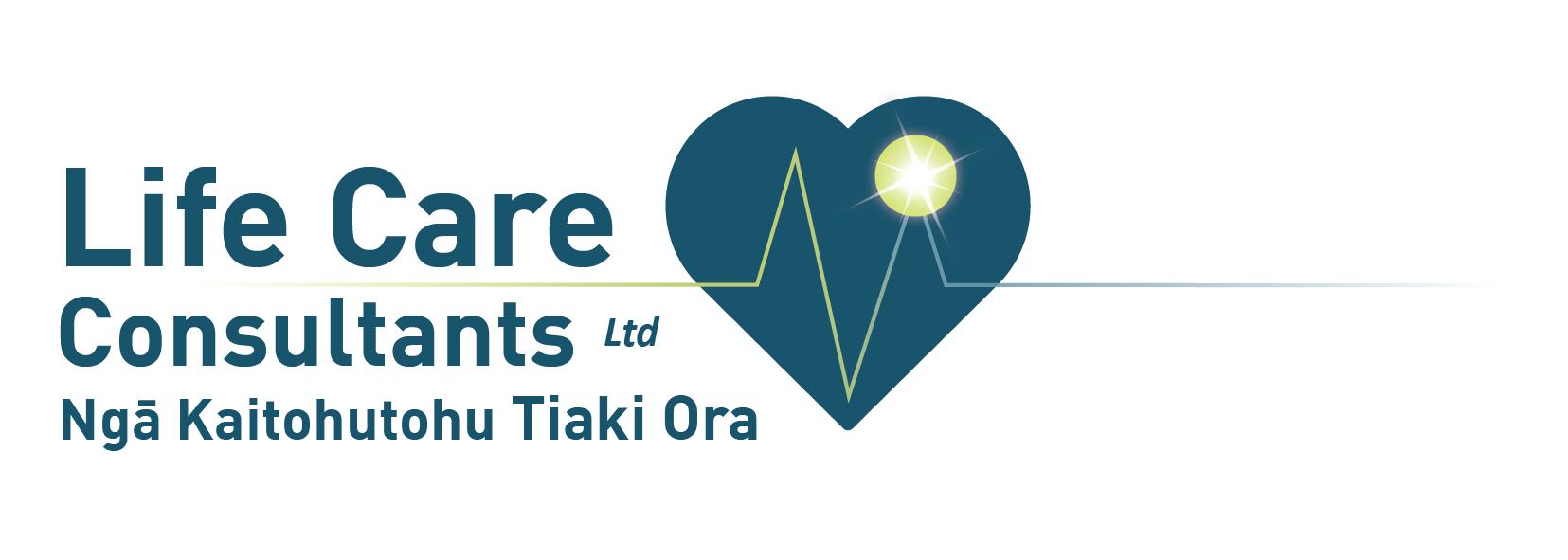Fatigue is more than feeling tired and drowsy. In a work context, it is a state of mental and/or physical exhaustion, which reduces a person’s ability to perform, and to work safely and effectively. It can occur because of prolonged mental or physical activity, sleep loss and/or disruption of the internal body clock. It can be caused by factors which may or may not be work related, or a combination of both and can accumulate over time.
Fatigue can affect safety in the workplace as it can reduce alertness, which may lead to errors and an increase in incidents and injuries, particularly when:
- operating fixed or mobile plant, including driving vehicles;
- performing critical tasks that require a high level of concentration;
- working night or shift work when a person would ordinarily be sleeping.
The effects of fatigue can be short or long term. In the short term a person may show:
- excessive yawning or falling asleep at work;
- short-term memory problems and an inability to concentrate;
- noticeably reduced capacity to engage in effective interpersonal communication;
- impaired decision-making and judgment;
- reduced hand-eye coordination or slow reflexes;
- other changes in behaviour, for example repeatedly arriving late for work;
- increased rates of sick leave.
A fatigued worker may also experience symptoms not obvious to others including:
- feeling drowsy
- headaches
- dizziness
- difficulty concentrating
- blurred vision or impaired visual perception
- a need for extended sleep during days off work.
The longer-term health effects of fatigue can include:
- heart disease
- diabetes
- high blood pressure
- gastrointestinal disorders
- lower fertility
- anxiety
- depression
As an example of this, shift workers are over represented in statistics of all of the above health conditions.
It is particularly important to identify fatigue risks which might arise when critical tasks are being carried out, such as those where the consequences of a mistake or error in judgment could cause serious injury. For example:
- driving a vehicle, including a taxi or courier van, or operating a crane or other high-risk plant;
- working at heights and in confined spaces;
- participating in medical or surgical procedures and settings;
- working with flammable or explosive substances;
- other hazardous work, for example electrical work.
So what can we do to help manage the fatigue risk in our workplace?
First let us assess the staff’s fatigue levels. Life Care can include these assessments during the annual health assessment. These tests are the result of extensive studies to determine the best indicators of fatigue.
If fatigue is identified as an issue with some staff or a risk in some business units, eg the shift workers, the drivers or the staff who do a lot of overtime, what are the options?
Dr Kelly Dale from Life Care Nutrition can work with these people to manage the risk and give the staff members tools to thereby increase the safety and reduce the chronic health risks associated with fatigue.

